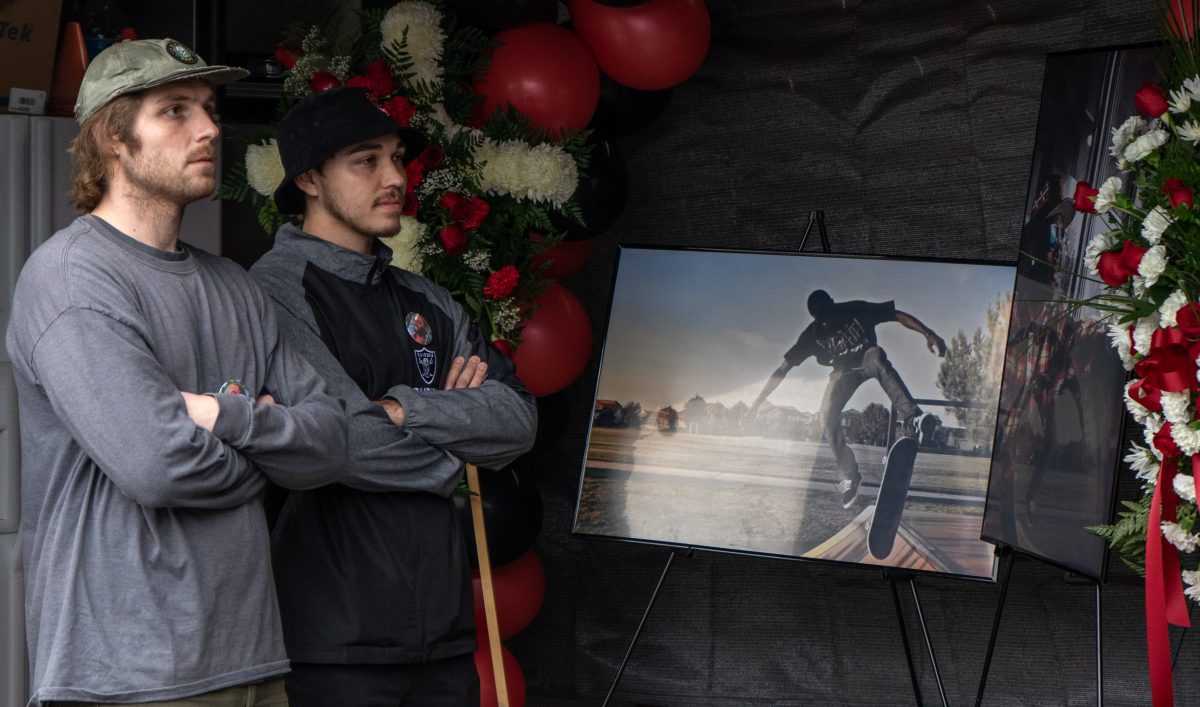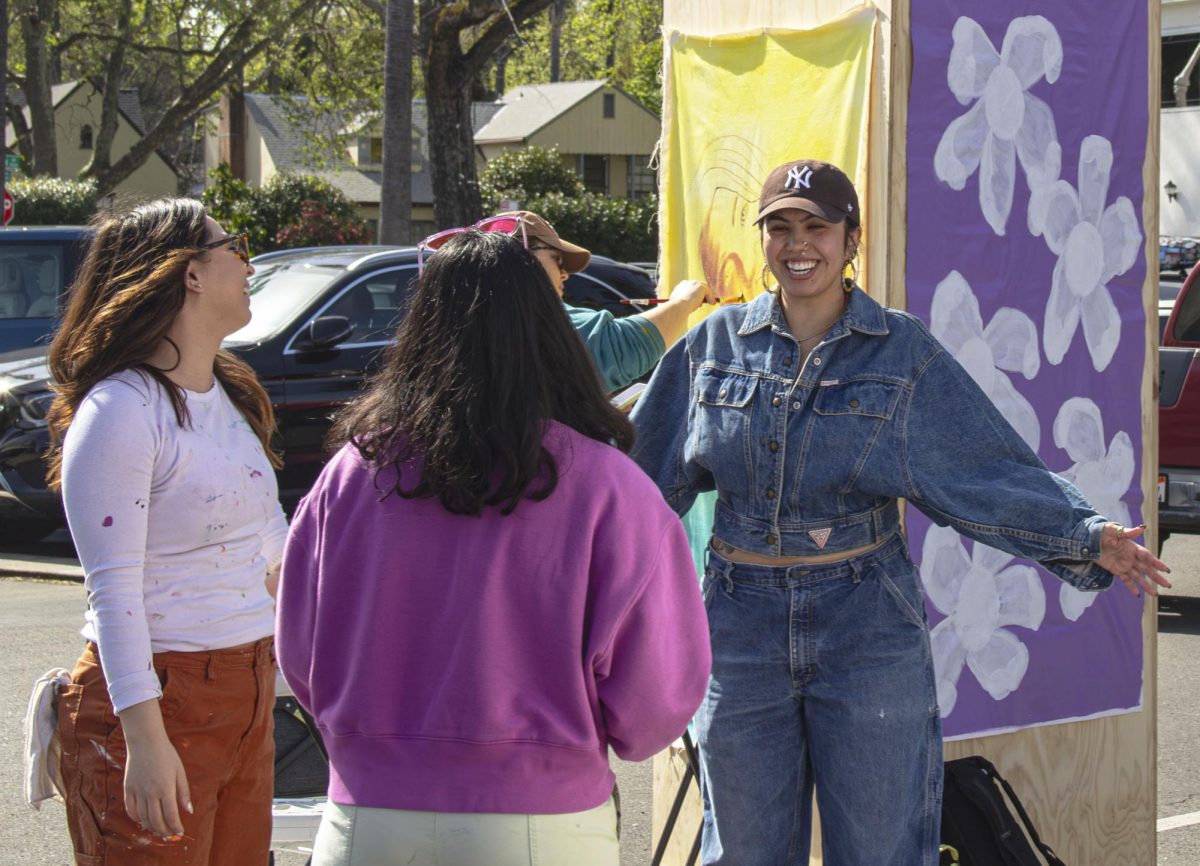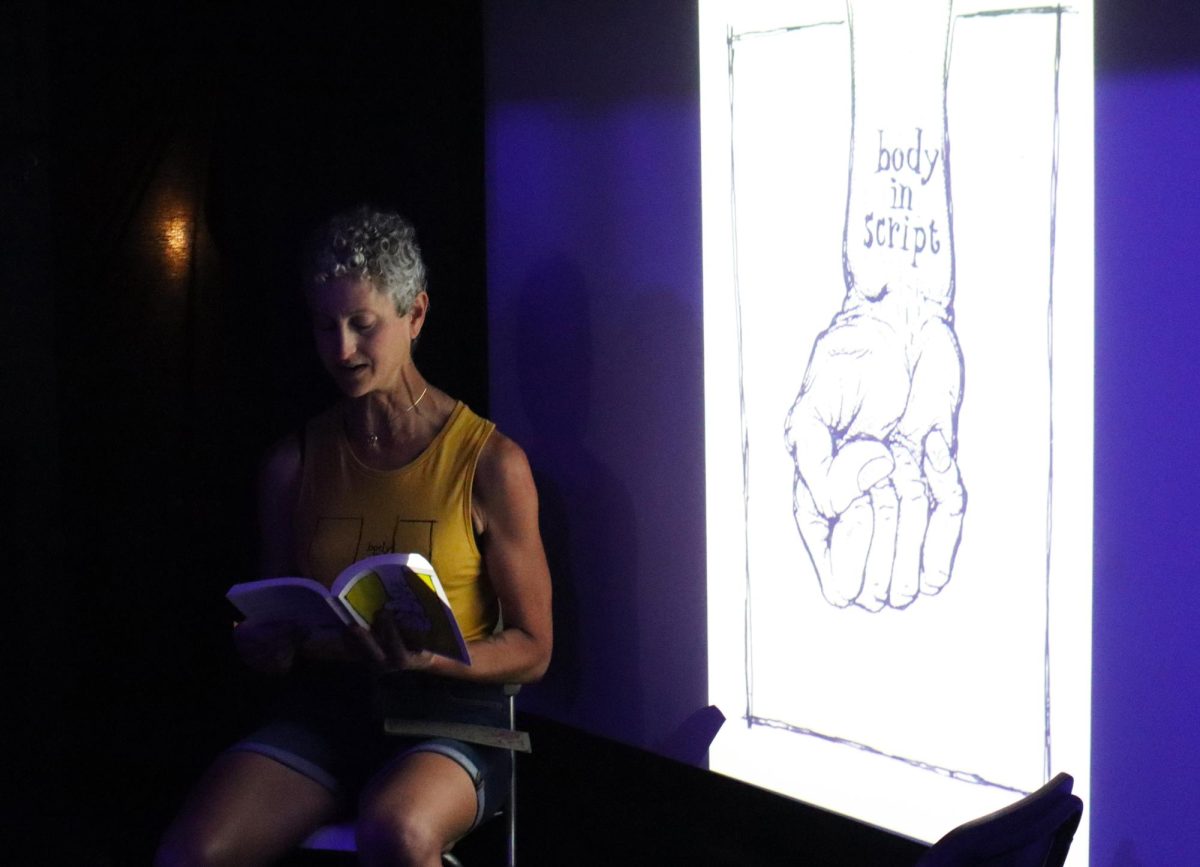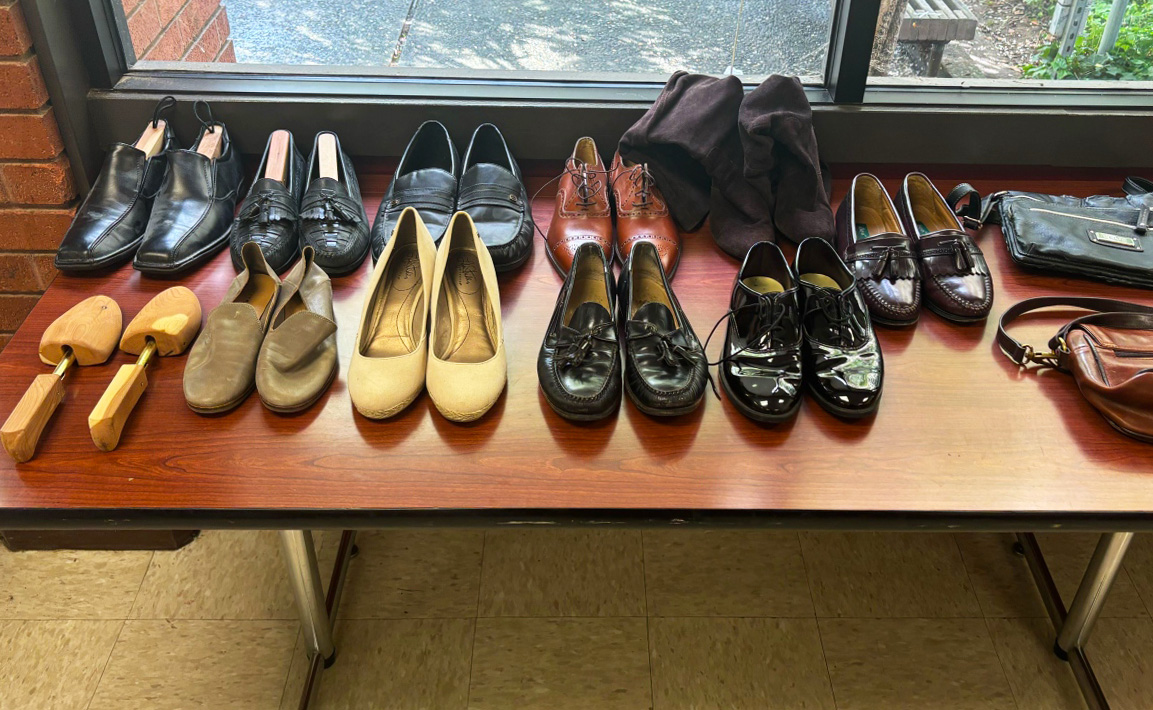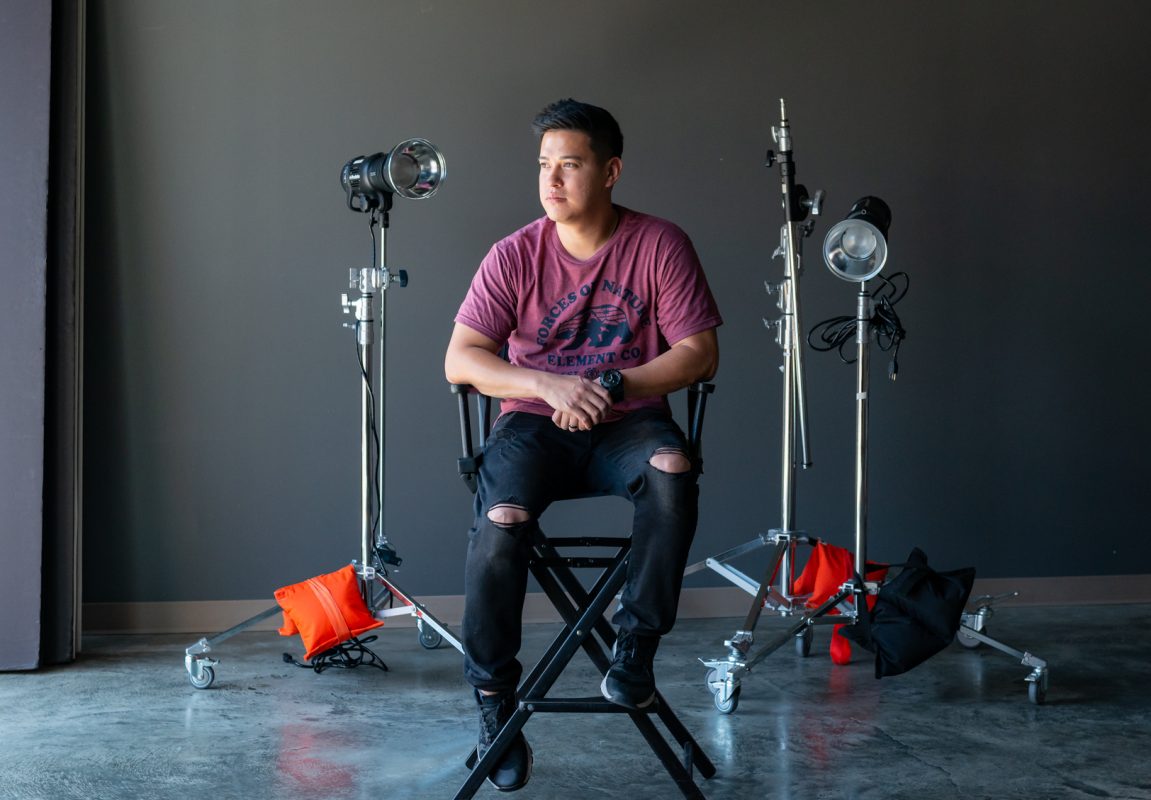by Leigh Martin | Guest Writer
Click. Click. Face toward me, now face a little to the left. Click. Click. The lighting is perfect and the angle of the shot gets the message across. These are the considerations photographers face when trying to capture their vision in a picture.
Sacramento-based photographer and adjunct professor at City College Ryan Angel Meza uses photography to capture the raw nature of people. Using his camera, he is able to share his vision with people through his commercial and his experimental work. His lenses help express his vision for his projects and portray the rawness of the characters being shot. Meza has managed to grow his clientele through the years, become a photography professor, and have his work featured in magazines.
There’s no question that choosing a creative career often includes less stability, less pay, and a lot of hard work. It requires entrepreneurship, dedication, and a vision that can resonate across all audiences.
From a young age, Meza says he was intrigued with the ideas of stardom, especially given that his hometown was San Benito, which has a population of fewer than 30,000 residents. In his eyes, becoming a celebrity would give him a platform or power to influence others in a positive way. He never ended up becoming an actor, but his media technology department at his high school provided photography as another avenue to make an impact.
The face has the ability to reveal the soul. He is captivated with the faces and uniqueness that each person brings.
“The face is a topology that nicks the surface of one’s character and may share secrets that we try to hide at times,” Meza says. “Photography can cause people to connect, and every person’s face will tell a different story.”
Other creatives understand.
“When taking a photo, I am at my most patient and relaxed,” says Christina Johnson, a fellow creative and marketing director at All Good, a clothing store in Midtown Sacramento, where Meza works. “I want their artificial exteriors to drop and feel as if no one is watching them. In that moment people are truly themselves.”
Because of his portraiture and desire to tell stories using his photography, Meza’s most recent works are profiles of different people around Sacramento. Sometimes these are commissioned work for publications such as Comstock, Sacramento magazine, and The Wall Street Journal. But other times, it is pleasure. Either way, Meza’s photography can tell stories about the community.
“Isn’t that what photography is supposed to be about? Telling stories?” Meza says.
In the age of social media, it is easy to take photographs or find subjects to get “likes” on platforms, such as Instagram or Facebook. However, he decides to gravitate to the story behind each shot, which is evident in his latest and influential work on the city’s homeless crisis.
Meza is bringing acknowledgement to Sacramento’s homeless community. The article, “A Way Forward” by Catherine Warmerdam, was featured in Sacramento magazine’s March issue. The piece talks of homelessness in Sacramento and possible solutions to alleviate the problem.
“Homelessness is at epidemic levels across Sacramento County, but those working to end the crisis say there is hope for solving it if the community has the will to do it,” Warmerdam says.
Meza was grateful to shoot for the project because he believes awareness is important. He doesn’t believe there is enough government funding to support a solution that would end the crisis.
“If you think about the veterans, but more specifically which veterans they are, a lot of them were drafted without choice—to fight in a war that they may not even have agreed with in the first place,” Meza says. “It’s sad that our government hasn’t done enough to save them.”
The homeless project has become personal for Meza, because as stated earlier, each face tells a different story. The plight of a homeless person tells many. Even after the project ended, Meza continued to take photographs of Sacramento’s homeless people.
Meza’s subjects in his photography capture who he is as a person, a socially conscious person who will continue to think innovatively in hopes of making an impact on his audience.


